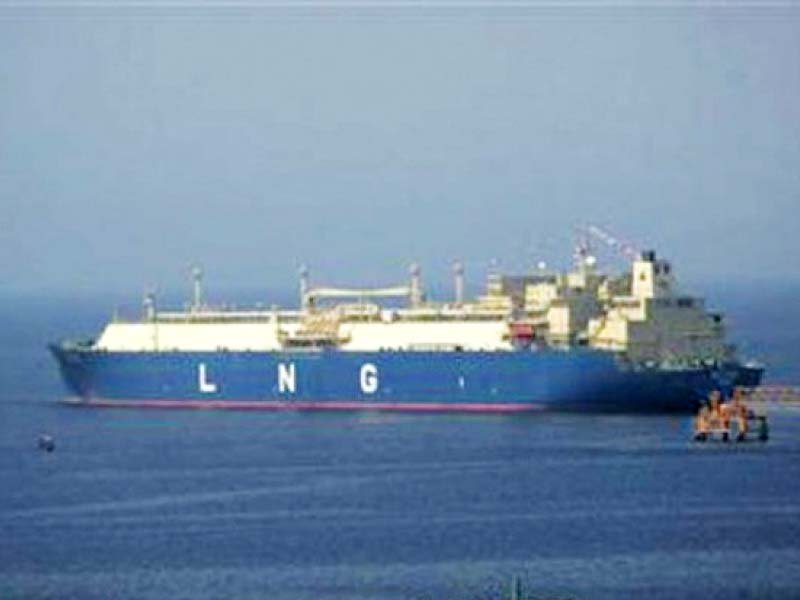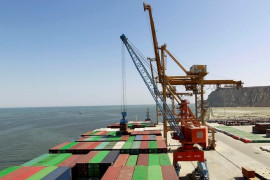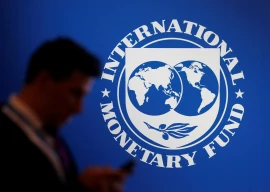
ISLAMABAD: Consumption of petroleum products increased by 9.64% in 2016-17 compared with the previous year, leading to a higher import bill and pressure on the country’s two ports, the KPT Oil Piers at Keamari and the FOTCO at Port Qasim.
The demand is set to go up more following the increase in activities due to the China-Pak Economic Corridor (CPEC) in 2018.
According to the ‘Pakistan Oil Report 2016-17’ prepared by Oil Companies’ Advisory Council’s (OCAC), the year 2016-17 was very challenging for the downstream oil sector. Whilst crude prices remained stable and Pakistan also benefitted from low oil rates in the international market, the phenomenal growth in demand for transport fuels, riding a wave of low prices at the forecourt, was a major challenge.
OCAC’s flagship report, the Pakistan Oil Report 2016-17, is an annual report that provides data related to the downstream oil sector, namely refining, oil marketing and pipeline transportation. Since 1978, it is published each year, and is used by stakeholders for consultation and forms the basis for short-, medium- and long-term planning.
According to the report, in 2016-17, the consumption of petroleum products was around 27 million tons, an increase of 9.64% over 2015-16. PMG and High Speed Diesel (HSD) were the main drivers with a growth rate of 15% and 10%, respectively, over 2015-16, leading to higher imports and pressure on the country’s ports.
Based on a GDP growth of 7%, OCAC said that the forecasted annual demand of petroleum products will reach around 55 million tons in 2030, from the 2018’s estimated demand of 29.6 million tons.
Meeting the challenge of sustained energy supplies is of critical importance to Pakistan’s growth, namely a road map for ensuring sustained supply of petroleum oil products to the Pakistani market, to help keep the wheels of the economy turning and ensure that projected growth targets are achieved.
It is also necessary to provide quality product s(minimum Euro IV/V) to the Pakistani consumer.
Additionally, deep conversion refineries, de-bottlenecking of the existing ports including Byco’s SPM, and the addition of another oil pier at Port Qasim, cross-country pipelines geared to handle dual fuels, adding matching oil depots installations and storages are the ingredients for Pakistan’s future success.
Separately, OCAC is in the process of finalising an oil industry master plan, covering the above-mentioned ingredients and the period up to 2030.
If the roadmap is successfully implemented, the same model can continue beyond 2030 to ensure sustained supply of energy to Pakistan, stated the report.
Published in The Express Tribune, April 10th, 2018.
Like Business on Facebook, follow @TribuneBiz on Twitter to stay informed and join in the conversation.














































COMMENTS
Comments are moderated and generally will be posted if they are on-topic and not abusive.
For more information, please see our Comments FAQ